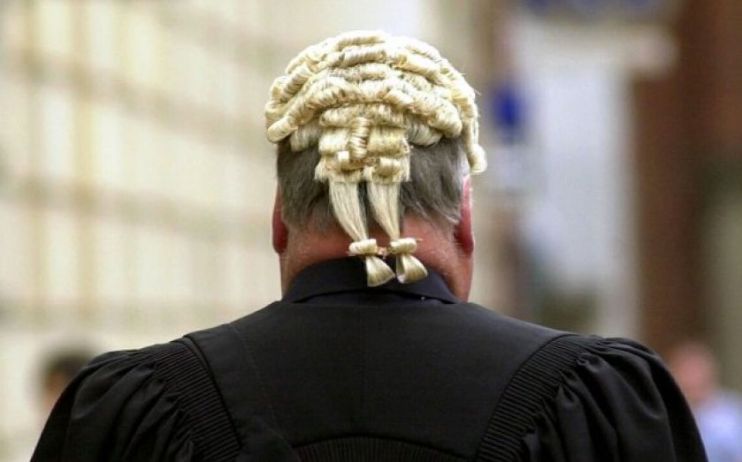Diversity at the Bar is ‘gradually improving but more progress is needed’

The Bar Standards Board has said that the criminal bar has become more diverse but said that more progress is needed, after new figures showed that the bar is not representative of the wider UK population.
Over the past year, the bar has gotten more diverse, according to the BSB figures, which show there are now more women and ethnic minorities working as barristers.
However, UK criminal barristers are still not representative of the wider population, according to the Bar Standards Board (BSB) figures, which show that QCs are particularly unrepresentative of British society.
BSB Head of Equality and Access to Justice, Amit Popat said: “While we are pleased to see that the Bar is increasingly diverse, there is still more work to be done to make the profession truly representative of society.
In response to the figures, the Criminal Bar Association (CBA) called on the government to up legal aid payments to criminal barristers, as it argued that low pay is deterring a more diverse set of people from becoming barristers.
“Poor rates of pay for criminal legal aid work, all ultimately set by Government, lie at the root of an inverse correlation between increasing years of call and a decreasingly diversified criminal bar,” a CBA spokesperson said
Gender
As of December, only 38.8 per cent of criminal barristers were women compared to 50.2 per cent of the UK population.
At the same time, only 17.9 per cent of QCs are women, compared to 16.8 per cent in December 2020.
However, there are now more women training to be barristers than men, according to the BSB figures, which show 56.6 per cent of pupil barristers were women in December 2021.
At the same time, the proportion of barristers from ethnic minority backgrounds also increased by 0.5 per cent between December 2020 and 2021.
Ethnicity
By contrast, the figures showed that the bar remains relatively ethnically diverse and that in terms of ethnicity, the bar is relatively representative.
However, the figures also show that ethnic minorities remain underrepresented among QCs, despite the fact that the number of ethnic minority QCs increased by 0.8 per centage points between 2020 and 2021.
Overall, 78.3 per cent of barristers were from white backgrounds, while 7.1 per cent were from Asian backgrounds, 3 per cent were from black backgrounds, and 3.3 per cent were of mixed ethnicities.
For reference, 86 per cent of people in the UK are white, 7.5 per cent are Asian, 3.3 per cent are black, and 2.2 per cent are from mixed backgrounds, according to UK government figures.
However, there are considerably fewer QCs from ethnic minority backgrounds than there are non-QCs.
The figures show that 15.1 per cent of non-QC lawyers are from ethnic minority backgrounds compared to just 9.6 per cent of QCs.
Schools
Meanwhile, a disproportionately large number of barristers went to private schools.
Of the criminal barristers who offered information to the BSB on their own schooling background, more than a third said they had attended an independent school compared to just 7 per cent of the UK population.
However, more than 40 per cent of barristers surveyed did not respond to the BSB’s question’s on schooling.
The proportion of barristers who attended a private school dropped 0.2 percentage points between 2020 and 2021, in line with long term trends.
Notably, the proportion of privately schooled barristers has dropped from 39.6 per cent in December 2015 to 36.9 per cent in December last year.